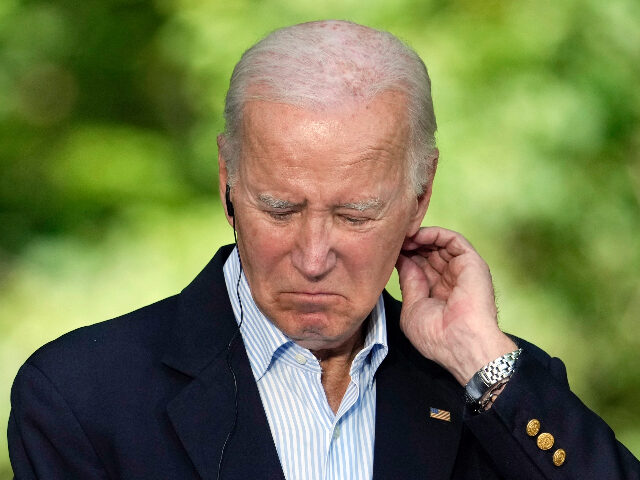Prices paid to U.S. businesses for goods and services jumped by the most in more than a year amid soaring energy and transportation costs.
The producer price index for final demand rose by 0.7 percent compared with a month earlier, the Bureau of Labor Statistics said Thursday. That is the biggest increase since a 0.9 percent rise in June of last year.
The cost of gasoline surged 20 percent and the broader energy index rose 10.5 percent, accounting for most of the August jump in prices.
Compared with a year ago, the index for final demand rose 1.6 percent for the 12 months through August.
Prices for goods rose two percent in August, accounting for 80 percent of the increase in the overall producer price index. This was the largest jump in goods prices since June of 2022. Over 60 percent of the August rise in the index for final demand goods was caused by the jump in gasoline prices, according to the BLS.
Inflation on the services side of the economy decelerated. The index for final demand services rose 0.2 percent after increasing 0.5 percent in July, possibly evidence that rising gas prices are sapping some of the demand for services. The index for transportation and warehousing services jumped 1.4 percent. The index for final demand services excluding trade, transportation, and warehousing increased by 0.3 percent.
The Labor Department’s producer price index is based on what U.S. businesses are paid for goods and services. It differs from the consumer price index, which tracks what U.S. households pay for goods and services purchased for consumption because it includes sales to businesses, governments, nonprofits, and exports. It includes purchases of health care services, for example, that are made by employers and institutions. Sales taxes, which are included in CPI, are excluded from PPI because they are ultimately paid to governments rather than producers.
Core PPI, which excludes food and energy prices, rose 0.2 percent, in line with expectations. For the year, core PPI is up 2.2 percent. So-called “core core” PPI, which also excludes trade services (a measure of margins for wholesalers and retailers), rose 0.3 percent compared with a month earlier and was up three percent over 12 months. For the year, core core prices rose three percent, up from the revised 2.9 percent reading for the prior month.
There were upward revisions to the indexes for July, indicating that inflation was running even hotter than previously understood. The headline producer price index rose 0.4 percent in July, upwardly revised from a 0.3 percent rise. Core PPI for July was also revised from a 0.3 percent increase to a 0.4 percent increase. Core core PPI for July was revised up from a 0.2 percent rise to a 0.3 percent rise. The year over year core core figure was revised up from a 2.9 percent increase to three percent.

COMMENTS
Please let us know if you're having issues with commenting.